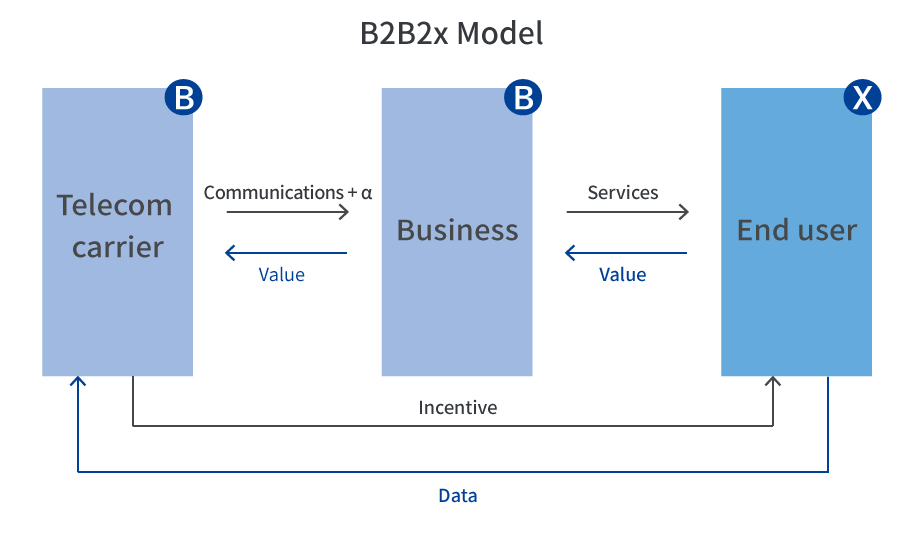
How Will Businesses Change with 5G?
Commercial services for fifth-generation mobile communications systems (5G) will begin in 2020. Characterized by high-speed, high-capacity, ultra-reliable, low-delay, and multiple simultaneous connections, it brings a variety of business opportunities. We spoke to Takuya Kamei of Nomura Research Institute, Ltd. (NRI), who is an expert in technologies and use cases of 5G, about its potential possibilities.
Creating new value through "Connected"
What can be achieved by changing to 5G?
The entertainment sector will be the first area where consumers will notice changes. The creation and distribution of content that uses virtual reality (VR) and augmented reality (AR) to provide new experiences is expected to open up new opportunities in the entertainment sector such as live sports and games, starting with the Tokyo Olympics.
However, I believe that more than personal devices such as tablets and smartphones, it is the industrial sector that will demonstrate 5G's core strengths. New 5G services will emerge in a variety of industries, including connected cars, healthcare, factories, and advertising.
Examples of specific services
For instance, safe driving assistance for automobiles will become possible. It is said that sudden brakes cause traffic congestion on expressways, but it is difficult for drivers to guess the state of the road as they can only see the car directly in front of them. However, with 5G-enabled connected cars, a video shot by a car may be uploaded to the cloud and shared with the following cars, giving them an idea of the movement of the few cars ahead. In this way, it may lead to safer driving than before.
Another thing I found interesting was the Tokyo Women's Medical University's Smart Cyber Operating Theater (SCOT). The operating theater is now equipped with a communication system that can send images to experienced doctors elsewhere, who provide advice to younger doctors in charge of the operation. This combines experienced doctors possessing good judgment with skilled but younger, less experienced doctors. Thus, instead of needing skilled and experienced doctors, we can have a greater number of skilled operating teams, thereby revolutionizing the field of healthcare by solving social problems such as shortage of doctors in rural areas.
The focus areas are remote operations and camera-based sensing
What areas can easily adopt 5G?
The first are those industries where work can be done remotely. In addition to telemedicine, we are also conducting PoCs to move construction equipment and robots to places that people cannot go directly. The characteristics of high-speed, high-capacity communications can also be utilized in areas where we want to capture changes in condition and volume. In particular, the use of high-definition cameras will significantly improve sensing technologies, and this will greatly help operations such as process monitoring, order picking, and logistics at factories and distribution centers.
Moreover, this is economical as well. Even if the amount of data to be communicated increases ten-fold, communication charges are not expected to increase at the same rate. Therefore, the unit price per bit will decrease, making IoT (Internet of Things) solutions also cheaper. If this happens, it may be possible to obtain and utilize data in a novel way, such as by using a camera to take a complete picture of something that had been detected partially by a sensor and processing it.
On the other hand, it is also expensive to develop telecom infrastructure and introduce compatible equipment. Won’t the spread of 5G compatible devices be limited due to the high cost?
There is certainly some skepticism, but if more people see the opportunity and adopt it, carriers will invest more, make better infrastructure, and lower telecom and device prices. This will bring in more users and create a virtuous cycle. People in the industry who have high expectations for 5G, including myself, are eager to create such a virtuous cycle.
Creating new user experiences with B2B2X models
Currently, more and more companies are embracing digital transformation (DX), and if 5G is incorporated as well, the scope of applications will likely be broadened.
I think so too. However, with 5G attracting increasing interest, it is important to think not about how to use it, but about whether new value will be created if the "connected" element is added to it as part of DX. In particular, by utilizing the telecom infrastructure and data possessed by telecommunications carriers, we should be able to provide new user experiences that we could not otherwise have provided independently. In this sense, I believe that B2B2X models, in which a third-party operator intervenes between a telecom carrier and a user, will become crucial in the future.

Since 5G commercial services have not yet begun, most people would find it difficult to imagine specific benefits and ways of using them. Beginning from the Rugby World Cup in September 2019, we will hold various other events this year for the public where they can experience 5G remotely. I encourage everyone to take advantage of these opportunities to experience 5G for themselves and think about its uses. NRI intends to use its expertise in telecommunications and various industrial fields, as well as its networks with these industries, to support the transformation of business models and the creation of new user experiences and promote cross-industry initiatives.

Profile
-
Takuya Kamei
* Organization names and job titles may differ from the current version.